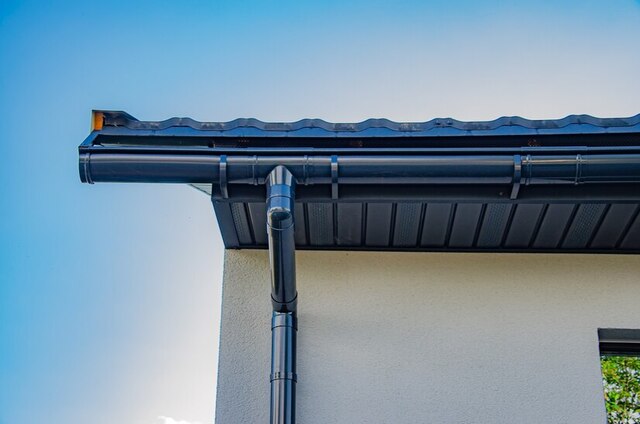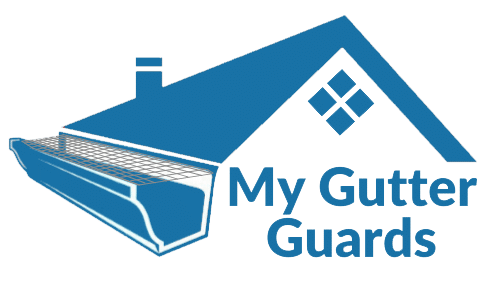Explore the ultimate guide to gutter guards in Australia. Learn about types, benefits, installation, and maintenance, while discovering common gutter profiles. Ensure your home is protected from heavy rainfall and debris.
Gutters are an essential part of any home’s roofing system, especially in a country like Australia where heavy rainfall is a common occurrence. They play a crucial role in channeling rainwater away from the roof and foundation, protecting your property from water damage. However, gutters can become problematic when they get clogged with debris such as leaves, twigs, and dirt. In this situation, gutter guards are useful.
In this comprehensive guide, we will explore what gutter guards are, their benefits, types, installation methods, and maintenance tips, while also discussing the different gutter profiles commonly found in Australia.
What are Gutter Guards?
Gutter guards are protective devices designed to prevent debris from entering and clogging your gutters. They serve as a barrier that allows water to flow through while blocking leaves, twigs, and other debris. Gutter guards are typically made from materials like metal, plastic, or foam, and they come in various designs and styles to suit different gutter systems and environmental conditions.
Benefits of Gutter Guards
1. Prevent Clogs
The primary purpose of gutter guards is to keep debris out of your gutters. By doing so, they ensure that water can flow freely through the gutters, preventing clogs and blockages. This helps maintain the integrity of your gutter system and prevents water damage to your home.
2. Extend Gutter Lifespan
Clogged gutters can become heavy and pull away from your home, leading to structural damage. Gutter guards help prolong the life of your gutters by reducing the stress caused by debris buildup and the weight of trapped water.
3. Reduce Maintenance
With gutter guards in place, you’ll spend less time and effort on gutter cleaning. Regular cleaning can be a dangerous and time-consuming task, but gutter guards significantly reduce the need for it.
4. Prevent Pest Infestations
Clogged gutters can become a breeding ground for pests like mosquitoes, birds, and rodents. Gutter guards act as a barrier, preventing these unwanted visitors from making your gutters their home.

Types of Gutter Guards
There are several types of gutter guards available in the Australian market, each with its own set of advantages and disadvantages. Below, you’ll find some of the most common varieties:
1. Mesh Gutter Guards
Mesh gutter guards are made of fine wire mesh that allows water to flow through while blocking debris. They are easy to install and can be an effective solution for keeping leaves and twigs out of your gutters.
2. Brush Gutter Guards
Brush gutter guards consist of bristles or brushes that are placed inside the gutter. They allow water to flow over the top while trapping debris on the brushes. These guards are easy to install and can work well in moderate debris conditions.
3. Foam Gutter Guards
Foam gutter guards consist of permeable foam inserts that are installed inside the gutter. These guards enable water to pass through while preventing debris from entering. Foam guards are affordable and easy to install but may require more frequent maintenance in heavy debris areas.
4. Reverse Curve Gutter Guards
Reverse curve gutter guards feature a curved design that allows water to flow into the gutter while deflecting debris away. They are effective in preventing clogs but may require professional installation.
5. Perforated Gutter Guards
Perforated gutter guards have small holes that allow water to enter the gutter while blocking larger debris. They are durable and suitable for areas with heavy rain and debris.

Installation of Gutter Guards
Installing gutter guards can be a DIY project or a job for a professional, depending on your comfort level and the type of guards you choose. Here is a set of basic steps for DIY installation:
Clean Your Gutters
- Before installing gutter guards, make sure your gutters are clean and free of debris.
Measure and Cut
- Measure your gutters and cut the gutter guards to the appropriate length. Follow the manufacturer’s instructions for cutting.
Attach the Guards
- Secure the gutter guards to the gutter using screws or clips, following the provided guidelines. Make sure they fit snugly and cover the entire gutter length.
Test for Water Flow
- After installation, check to ensure that water flows freely through the guards. Adjust them if needed.
If you’re not comfortable with DIY installation or have a complex gutter system, it’s best to hire a professional gutter installation service. Professionals have the experience and equipment necessary to ensure the proper installation of gutter guards, which is essential for their effectiveness. You can also reach out to us at My Gutter Guards for expert assistance with your gutter guard needs. Our team is experienced in gutter guard installation and can provide you with valuable guidance and services to protect your home from debris and water damage.
Investing in gutter guards is a proactive step towards protecting your home and ensuring it remains resilient in the face of Australia’s frequent heavy rainfall. Don’t wait until your gutters are clogged and your home is at risk—consider the benefits of gutter guards today.
Feel free to contact us at damien@mygutterguards.com.au if you have any inquiries or need assistance with your gutter guard installation or maintenance. We are here to help you maintain a clean and efficient gutter system for your Australian home.

